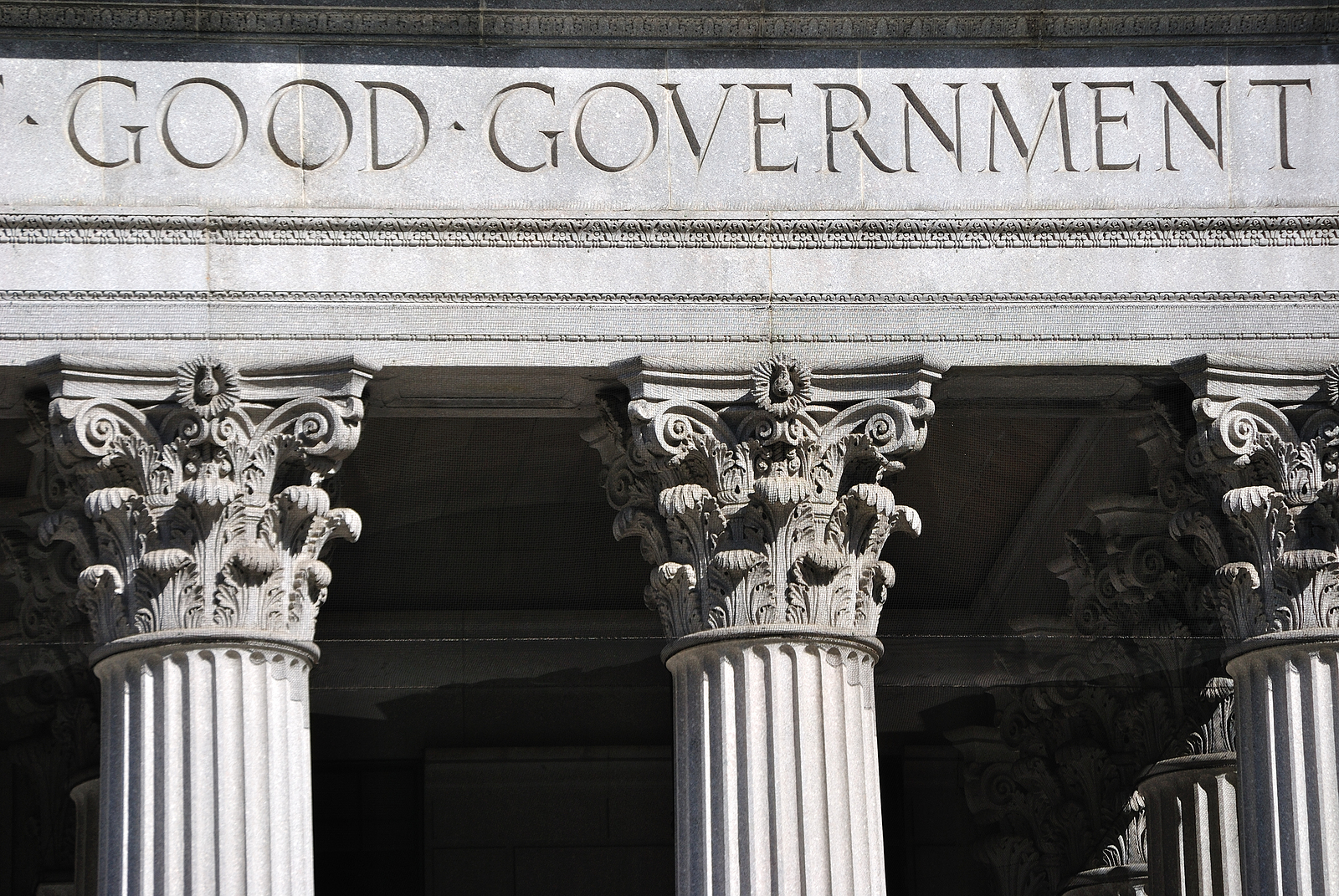Government Shutdown: How Federal Workers Can Generate Cash

Currently, the federal government is undergoing a partial shutdown which, as was envisaged at the start, has caused financial concerns for thousands of federal workers. According to recent statistics, around 800,000 federal employees are either expected to work without pay or be furloughed. Of course, bills don’t stop during this time, and the US Office of Personnel Management has already provided federal workers with a sample letter for talking with creditors.
Rather like the US Office of Personnel Management, we’re in the interest of providing much-needed solutions…which is why we have some financial advice for the months ahead!
Advertisement
Advertisement
Firstly, if you’ve never budgeted your spending before, now is the time to start. Are there areas of your life where spending can be reduced for the meantime? If you’re concerned about student loans or your mortgage, always keep the creditor up-to-date; this way, they’re aware of your financial position and can suggest potential solutions.
Look for Help
You aren’t alone, ask your agency if you’re being furloughed and the resources with which they can provide you. Elsewhere, some federal credit unions, such as the Congressional Federal Credit Union, are offering short-term relief loans. For the first 60 days, the Union’s loan comes with a rate of 0%.
Access the Emergency Fund
By all accounts, this situation would be considered an emergency so access your emergency backstop if you’re concerned about your next paycheck. However, we recognize this is something not available to all workers. In fact, 22% of Americans only have enough savings to cover three months of expenses – 23% have none at all.
If you don’t have the recommended three to six months’ worth of expenses in savings, you should be looking for a line of credit (federal credit union) or, alternatively, a 0% interest furlough loan. As mentioned previously, the 0% interest will eventually come to an end so bear this in mind. With the Congressional Federal Credit Union’s loan, the rate increases to 4% after 60 days.
Meanwhile, some will find emergency funding in a home equity line of credit. With the average rate of interest currently at 5.64%, this is significantly lower than the average for credit cards; Bankrate suggests the latter exceeds 17.50%.
If you’re interested in this option, always remember the drawbacks to such a solution. Not only is the interest rate variable, but it also won’t be tax deductible if the money isn’t used for home renovation.
Be Careful
If there’s one piece of advice you take from this guide, we recommend being cautious and not making rash decisions. The following three ‘solutions’ are incredibly risky;
Credit Cards – As we’ve already seen, the interest rates on credit cards can be excessive. Also, the cash advances offered normally come with a charge of up to 5%.
Margin Loans – For those with a brokerage account, you always need a minimum balance and maintaining this can be difficult considering market volatility. If you fall below the minimum, a ‘margin call’ is made by the brokerage firm and they could request a deposit within just 24 hours. Suddenly, you’re looking for additional money to deposit into the account.
Retirement Plan – Finally, you might be tempted to borrow from your retirement plan; in fact, all furloughs expected to last over 30 days enable workers to take loans from a TSP. Not only will the withdrawn money stop working in the market, but you’ve also got to find the same money after the furlough to repay the retirement savings. Without repayments, the loan could be considered permanent, and this means dreaded tax.









